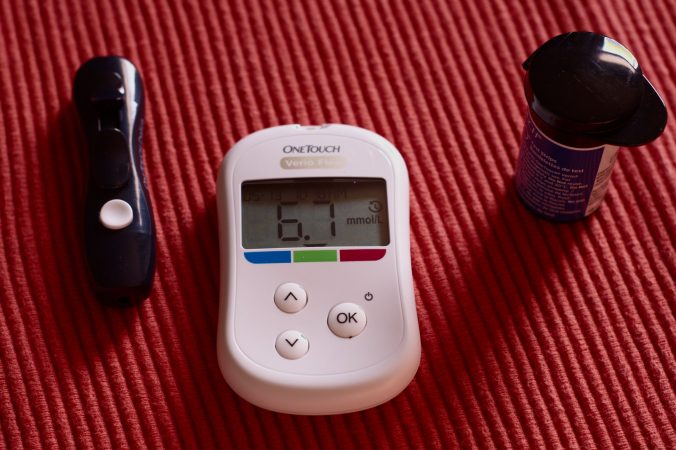Type one diabetes is where the body does not produce insulin and type 2 diabetes is where the body can produce some insulin but not enough. People with diabetes used to have to draw blood to check their glucose levels but now there is new technology. Continuous glucose monitoring has been created which is a tiny sensor inserted under skin that tests glucose every few minutes. Most of the newer models will send this information right to your phone. An alarm will sound when glucose levels are too high or low.
If a student in your class has diabetes it is important to…
- Be prepared! Inform the other students in your class if there is ever a situation where you are outside the classroom and your student starts to develop Hypoglycemia (low glucose levels) the students will know what to do. * I would recommend having juice boxes in your classroom so that if the student glucose levels are too low you can give them one.
- Allow the student to have their device whether it is a phone or pump on them do not be upset if it goes off while you are teaching.
- Permit lots of snack breaks throughout the day.
- Allow the student to sit out of activities until their glucose levels become regulated.
- Check up on students if it is a primary classroom the student may still be getting used to the machine and how it works make sure they are tracking their glucose levels.
- Do not limit their activities or underestimate mental abilities.

Leave a Reply